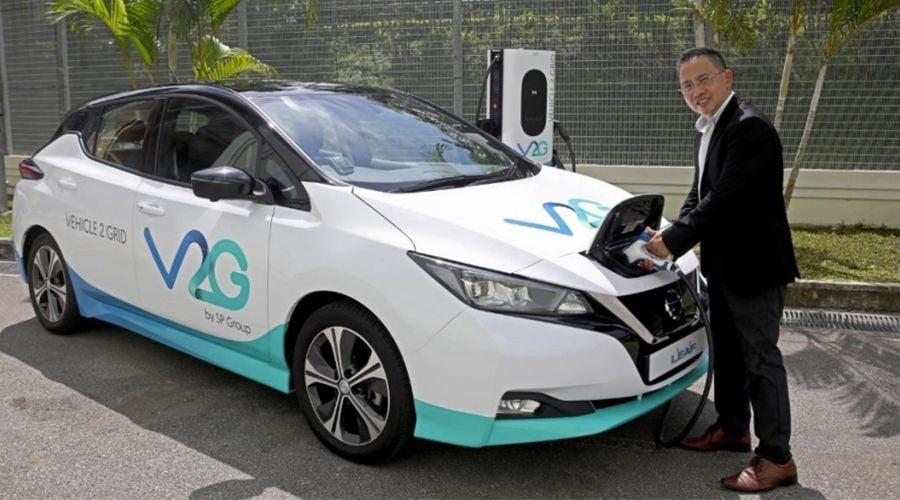Operating from Munich, Zurich and Belmont (California), TMH is a technology company that provides a non-proprietary software for integrating vehicle batteries into power grids using intelligent charging and storage solutions. The collaboration with SP, a leading energy utilities group in the Asia Pacific, expands TMH’s reach into Asia. Together, SP and TMH aim to accelerate the goal of a zero-emission future on a global scale and realise the commercial integration of electric vehicles into the energy market.
"SP Group has built deep capabilities in operating Singapore’s national grid and upholding its world-class electricity network reliability. We have expanded the breadth of our experience to electric mobility and are rolling out a nationwide electric vehicle charging network in Singapore. Our investment in The Mobility House advances our goal to pioneer sustainable energy solutions in transportation, enabling a low-carbon future for customers."
Stanley Huang,
CEO, SP Group
With its hardware-agnostic Charging and Energy Management system, ChargePilot®, TMH created the basis for a uni- and bi-directional integration of electric vehicles into the power grid. The system not only manages the grid-optimised charging process of vehicles but has also been marketing over 3,000 stationary vehicle batteries commercially in various energy markets since 2016, while always considering cycling costs and battery aging. ChargePilot® has also been successfully implemented in several hundred projects in Europe and the USA and was recently also supported by the European Investment Bank as a relevant technology. The collaboration between SP and TMH will add value to existing partnerships with international car manufacturers, paving the way for a zero-emission future.
"V2G is the basis for the energy world of the future – and thanks to our intelligent software, our partners will be able to access it and make use of all the opportunities it holds. With SP on board, it gives me great pleasure to see all those years of hard work at The Mobility House pay off and that we will now be able to cover a global market."
Thomas Raffeiner,
CEO and founder, The Mobility House.
In Singapore, the phasing-out of Internal Combustion Engine vehicles by 2040 will accelerate the adoption of electric vehicles (EVs) and the rollout of more EV charging points. With the Singapore government’s target to increase solar penetration to reach 2 GWp by 2030[3], integrating V2G technology into the national grid can be the key to managing the intermittency of renewables while maintaining grid stability and reliability.
Similarly, the ambitious climate target of the EU achieving climate neutrality by 2050 and the Paris Agreement’s goal of keeping the increase in global average temperature to 1.5°C above pre-industrial levels can be achieved by focusing on renewable energy sources and integrating EVs into the grid. This investment therefore not only brings Singapore a step closer towards lowering the national carbon footprint but will subsequently bring great benefits to a cleaner energy future worldwide.
[1] Smart charging or V1G enables us to control the charging of electric cars in a way that allows the charging power to be increased and decreased when needed.
[2] Vehicle-to-grid or V2G goes one step further than V1G and enables the charged power to be pushed back to the power grid from the battery of an electric car to balance variations in energy production and consumption.
[3] Energy Market Authority of Singapore Media Release – The Future of Singapore’s Energy Story (29 October 2019).
